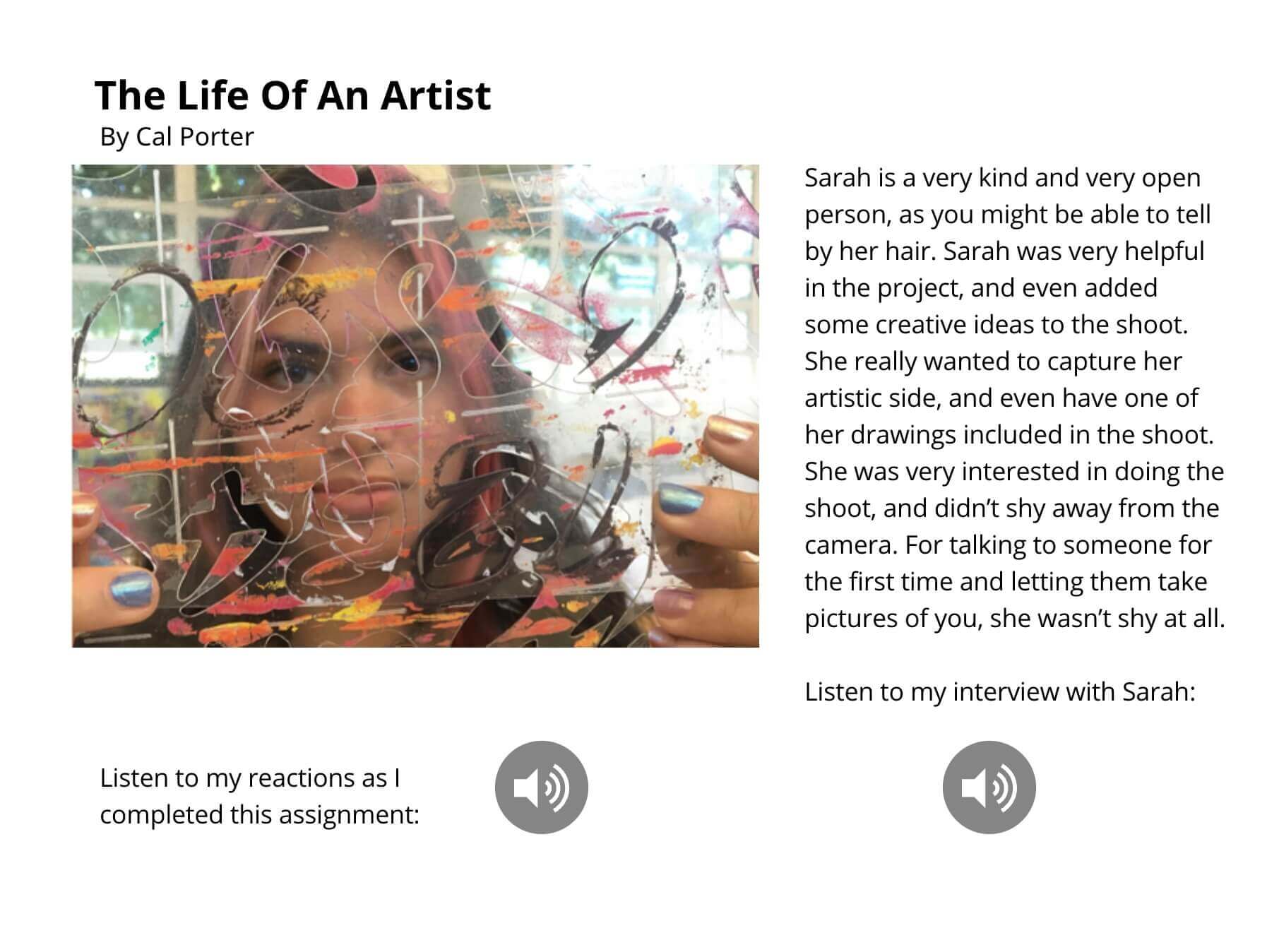If the pandemic and remote learning taught us anything, it's the importance of human connection and the need for our students to be able to work together productively in social contexts. While this might have renewed interest in the context of social-emotional wellness, there are many educational reasons why we need to help students learn the skills and develop a mindset of empathy.
What is empathy?
Empathy is the process of understanding other peoples’ attitudes, actions, needs, hopes and fears. Not to be confused with sympathy, which is about feeling emotion toward another person or group and even identifying with them, empathy is more of an intellectual understanding about other people’s motivations, and knowing where they’re coming from.
On a very practical level, empathy can help students work together productively in groups and aid in conflict resolution. But it’s also at the heart of our curriculum. If you teach writing, STEM, or entrepreneurship, success depends on students’ ability to understand—or empathize with—the end user or consumer of their projects.
If you teach through an inquiry or project-based framework, knowing what questions to ask and how to solve problems relies on the ability of students to empathize with sources of information and how to design projects for others. It’s also at the heart of cultural literacy and a key aspect of helping students process and understand social challenges like racism, and political conflicts.
How do we foster a mindset of empathy?
A great way to foster this mindset is through empathy interviews curated and published with Book Creator. These are conversations with people who can reveal information, provide insight on a topic, and share their challenges, goals, and motivations. They’re called ‘empathy’ interviews because they help us understand, or empathize with, a person or group of people we are not familiar with.
I’ve had great success with empathy interviews in my journalism classes as well as my arts classes. My journalists have informal conversations with their audience and people who are affected by a topic of a story. Empathy interviews help them determine what questions reporters should ask in recorded interviews that later end up in documentaries and news stories, what additional research they still might need to do, and help guide the overall direction of a project.
One of my photography assignments uses the same process to interview someone on campus that my students don’t know well, then take their portrait. Since the act of taking a photograph of a stranger is intimate and personal, it requires that students build trust and deepen relationships with their subjects—the main purpose of my assignment.
In both of these cases, it helps students identify their blind spots, and bring up new perspectives they hadn’t thought of before. Practicing this exercise makes them more comfortable with speaking with people who are different from themselves, and realize that there’s still a lot to know and learn about the world beyond textbooks and their own experience.
So, how can you develop empathy interviews with Book Creator?
Tribes Of Your School Portrait Project
High school can be a place where students self-segregate into cliques. To break down these barriers, have students identify groups of students they don’t know or hang out with. Conduct empathy interviews, then take portraits of these students.
Curate the photos in a Book Creator project, and include quotes from the interviews and student reflections. Level up the project by having students record audio of the interview, and including it as an audio widget next to their portrait in the digital book. Compile an entire class’ projects into one book to create a mosaic portrait of your school.

Humans of Your Community Video Documentary Project
My journalism students turned empathy interviews into a project inspired by the Humans Of New York blog. Find an interesting person in your community to be the subject of a story—someone with a unique experience like immigrating to our country, or an unusual hobby, like designing and sewing their own clothes.
Record their interview on camera, shoot additional footage of them partaking in their hobby, and edit the footage into a short documentary—no more than 2 minutes. Add the videos directly into your book project, or embed a video hosted on YouTube.

More resources
Find out more about how to take portraits with your iPhone, and learn how to record great interviews for video.
How did your projects turn out? Share your empathy interviews made with Book Creator using the hashtag #BookCreator.
Michael is an award-winning teacher, author, and international speaker in Los Angeles whose work focuses on digital and civic literacy, social justice, and student-centered learning experiences. His new book about authentic learning, Storytelling With Purpose: Digital Projects To Ignite Student Curiosity, leverages student passion to solve some of the biggest challenges educators face, like low student engagement and artificial intelligence. He is a Book Creator Ambassador, and the author of Book Creator for the High School Classroom. Find out more about Michael on his website.








